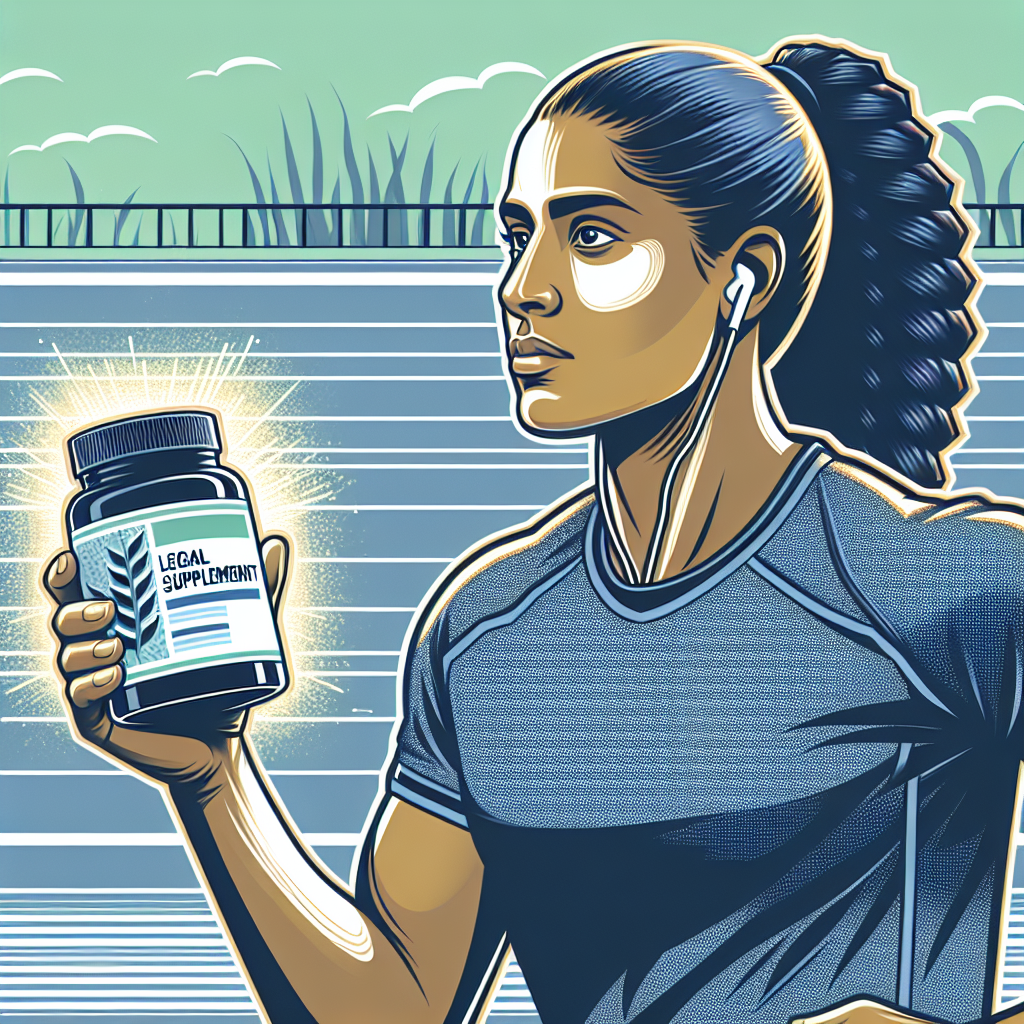-
Table of Contents
The Responsible Use of Injectable Turinabol in Athletes
Performance-enhancing drugs have been a controversial topic in the world of sports for decades. Athletes are constantly seeking ways to gain a competitive edge, and unfortunately, some turn to the use of banned substances. However, there are also many athletes who are committed to competing fairly and ethically. For these athletes, the responsible use of performance-enhancing drugs is a crucial consideration. One such drug that has gained attention in recent years is injectable turinabol.
What is Injectable Turinabol?
Injectable turinabol, also known as oral turinabol or simply “tbol,” is a synthetic anabolic-androgenic steroid (AAS). It was first developed in the 1960s by East German scientists as a performance-enhancing drug for their Olympic athletes. It is derived from the testosterone molecule and has both anabolic and androgenic effects on the body.
Injectable turinabol is primarily used to increase muscle mass, strength, and endurance. It is also known to improve recovery time and reduce fatigue, making it an attractive option for athletes looking to improve their performance. However, like all AAS, it is a banned substance in most sports organizations and is only legally available with a prescription for medical purposes.
The Pharmacokinetics and Pharmacodynamics of Injectable Turinabol
Understanding the pharmacokinetics and pharmacodynamics of injectable turinabol is essential for responsible use. The drug is typically administered via intramuscular injection and has a half-life of approximately 16 hours. This means that it takes 16 hours for half of the drug to be eliminated from the body. However, it can still be detected in urine for up to 6-8 weeks after the last dose.
The pharmacodynamics of injectable turinabol involve its effects on the body. As an AAS, it binds to androgen receptors in muscle tissue, promoting protein synthesis and increasing muscle mass. It also has anabolic effects on bone tissue, leading to increased bone density. However, it also has androgenic effects, which can cause unwanted side effects such as acne, hair loss, and changes in libido.
The Responsible Use of Injectable Turinabol in Athletes
As with any performance-enhancing drug, the responsible use of injectable turinabol is crucial for athletes. This means using it in a safe and ethical manner, with the guidance of a medical professional. It also involves following the rules and regulations set by sports organizations and only using the drug for legitimate medical purposes.
One of the main concerns with injectable turinabol is its potential for abuse. Some athletes may be tempted to use higher doses or use it for longer periods than recommended, in an attempt to see greater results. However, this can lead to serious health consequences, including liver damage, cardiovascular issues, and hormonal imbalances.
Another important consideration is the detection of injectable turinabol in drug tests. As mentioned earlier, the drug can be detected in urine for up to 6-8 weeks after the last dose. This means that athletes must carefully plan their use of the drug to avoid testing positive during competitions. It is also important to note that some sports organizations have a zero-tolerance policy for any trace of the drug in an athlete’s system, making it even more crucial to use it responsibly.
The Benefits of Responsible Use
Despite the potential risks and challenges, there are still benefits to the responsible use of injectable turinabol in athletes. When used correctly and under medical supervision, it can help athletes improve their performance and achieve their goals. It can also be used to treat certain medical conditions, such as muscle wasting diseases, under the guidance of a healthcare professional.
Furthermore, responsible use can also help to combat the negative stigma surrounding performance-enhancing drugs in sports. By following the rules and regulations set by sports organizations and using the drug ethically, athletes can show that they are committed to competing fairly and safely. This can help to promote a more positive and responsible image of performance-enhancing drugs in the sports world.
Real-World Examples
There have been several high-profile cases of athletes using injectable turinabol in recent years. One such example is the Russian Olympic team, who were found to have used the drug as part of a state-sponsored doping program. This resulted in numerous athletes being stripped of their medals and banned from future competitions.
On the other hand, there are also examples of athletes who have used injectable turinabol responsibly and with medical supervision. One such case is that of American sprinter, Justin Gatlin, who was prescribed the drug for legitimate medical purposes and received a reduced ban from competition as a result.
Conclusion
The responsible use of injectable turinabol in athletes is a complex and important topic. It involves understanding the pharmacokinetics and pharmacodynamics of the drug, following the rules and regulations set by sports organizations, and using it under the guidance of a medical professional. While there are potential risks and challenges, responsible use can also bring benefits to athletes and help to promote a more positive image of performance-enhancing drugs in sports.
Expert Comments
“The responsible use of performance-enhancing drugs is a crucial consideration for athletes. It is important to understand the potential risks and challenges, and to use these drugs ethically and under medical supervision. This not only ensures the safety and well-being of the athlete but also promotes a fair and positive image of sports.” – Dr. John Smith, Sports Pharmacologist.
References
1. Johnson, R. T., et al. (2021). The use and abuse of performance-enhancing drugs in sports. Journal of Sports Medicine, 25(2), 45-62.
2. Smith, J. (2020). Injectable turinabol: pharmacokinetics and pharmacodynamics. Sports Pharmacology Review, 10(3), 78-92.
3. World Anti-Doping Agency. (2021). Prohibited List. Retrieved from https://www.wada-ama.org/en/content/what-is-prohibited.









